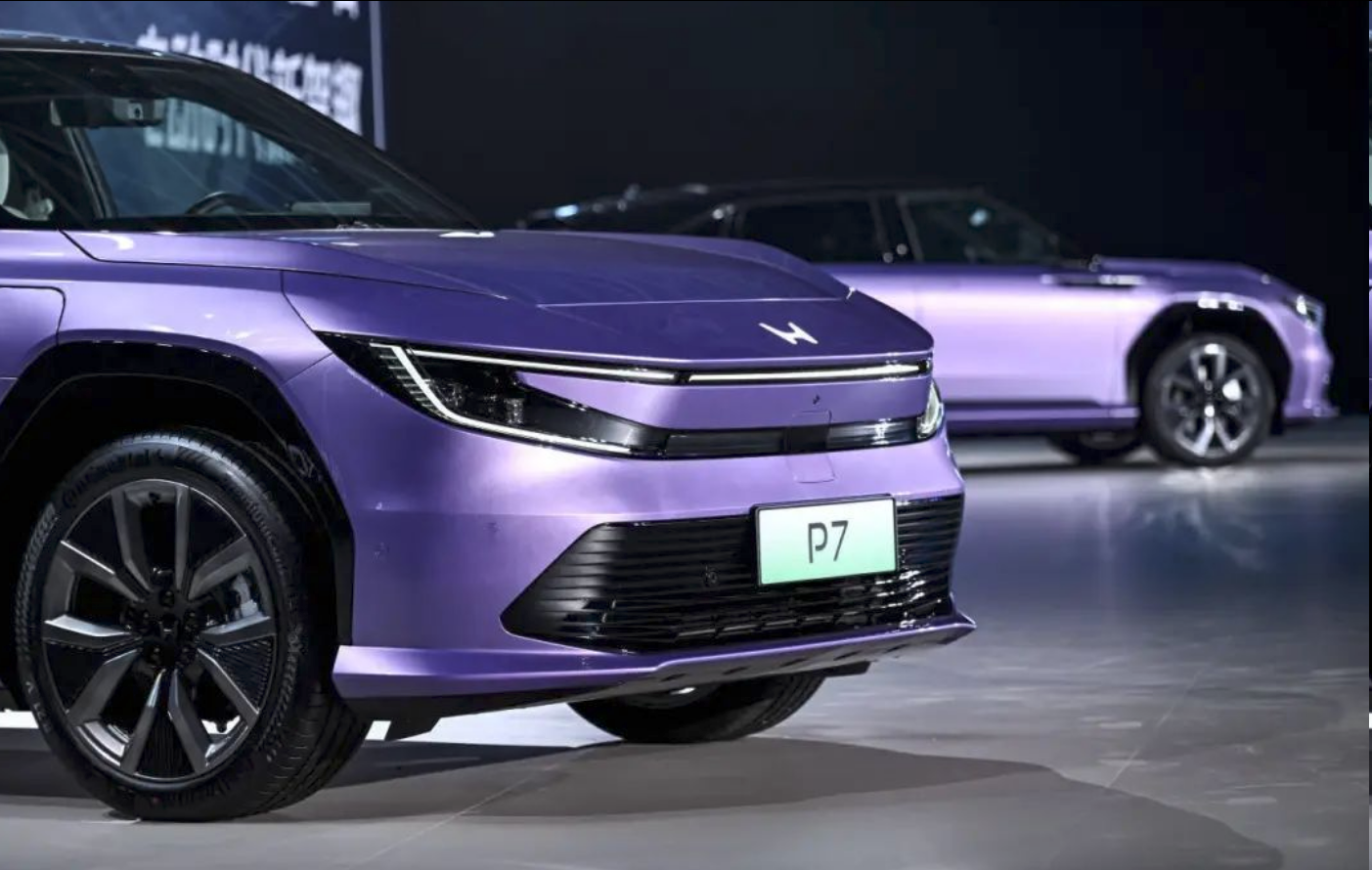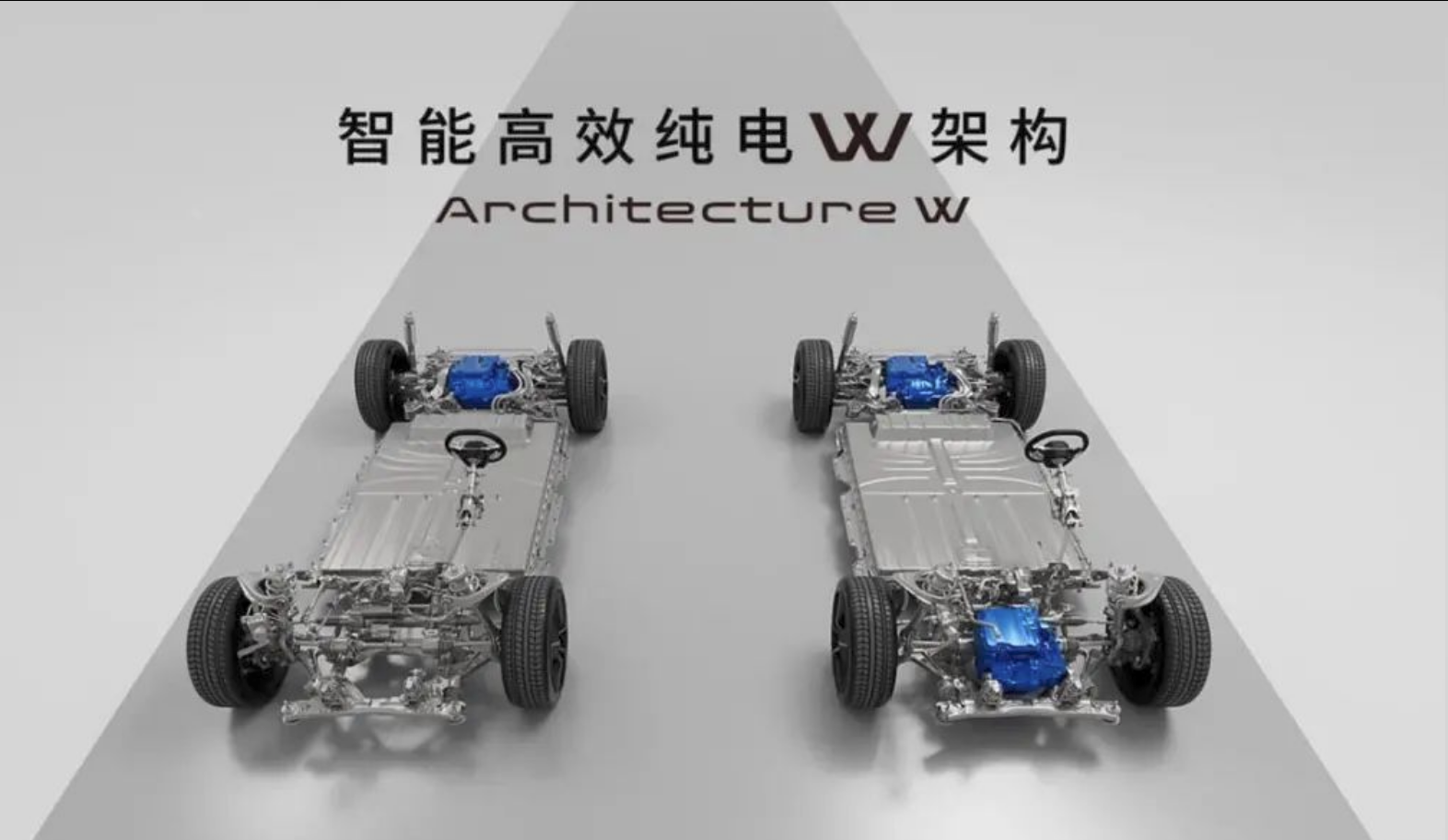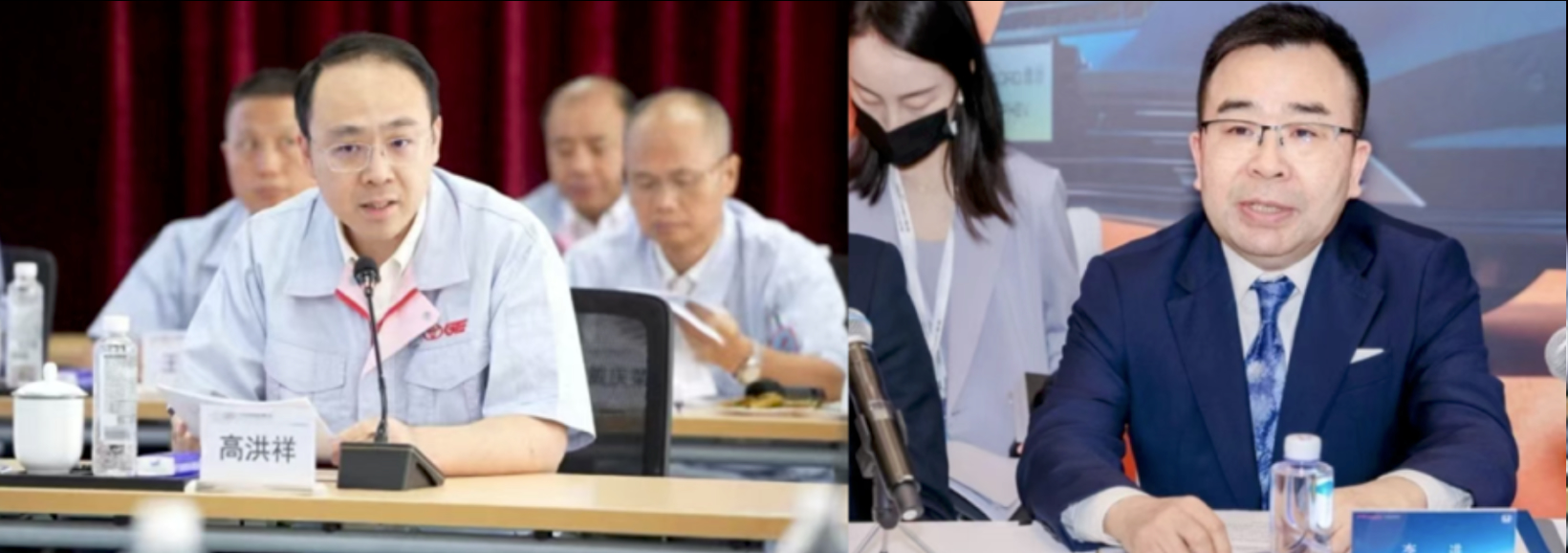Man makes the difference: Has Honda Finally Seen the Light?
This year, everyone is saying that the curtain on the counterattack of joint venture car companies will officially be lifted.
In the first half of the year, when GAC Toyota BZ3X and Dongfeng Nissan N7 swept away the previous development setbacks in their respective market segments, various signs truly reflected this momentum.
This month, as the launch of Beijing Hyundai's brand-new all-electric SUV, the ELEXIO, is imminent, Dongfeng Nissan's N6 has been listed by the Ministry of Industry and Information Technology, and SAIC-GM Buick's Zhijing L7 has entered its promotional period. All of these events are rehearsing for the revival of joint ventures, making us believe that the gap between joint ventures and independent brands in the development of new energy vehicles will further narrow.
However, while everyone else is enthusiastically embracing Chinese consumers, there is one brand that seems to stubbornly stick to its own way. Looking back at its recent market performance, although it is also a Japanese joint venture, Honda no longer leaves the same impression in China as it once did. The overall evaluation of its latest generation of electric vehicles has deviated quite a bit from expectations.
The P7 and S7, born from the W Cloud Speed architecture, are excellent products that integrate Honda's existing electric vehicle technology.

Certainly, the answer to this question must be affirmative. Even from Honda's perspective, comparing the Prologue built on the General Motors Ultium platform for overseas markets, the AFEELA 1 co-developed with Sony, or the recently launched pure electric mini car N-ONE e:, these two pure electric SUVs designed specifically for the Chinese market can be considered groundbreaking new works under the brand.
However, at this point, as the Chinese new energy vehicle market sheds its superficial glitz, consumers are very clear about their needs, and Honda's inherent temperament does not quite align with the Chinese market atmosphere. As for its joint venture companies, in the face of harsh realities, some revolutionary measures have to be accelerated for implementation.
Persuading Japanese companies to learn from Chinese car manufacturers is challenging. But what if the only path forward is to customize according to the demands of the Chinese market? Wouldn't that change everything?
01The gap between reality and ideal
In China, we have always said that Honda is not a brand that can be easily replaced. Its profound understanding of automobiles and its dedication to driving are far more extreme than other competitors. Looking back at the past 20 years of battles in China, the number of fans Honda has is also quite impressive.
Over the years, we have witnessed many Chinese brands developing their own fan club culture, even evolving into a unique phenomenon with followers everywhere. However, from the perspective of user loyalty to a mature automotive brand, Honda remains a unique presence that is both dazzlingly charming and inherently reserved.
Image | The newly released electric car - Honda N-ONE e:
If we must use a metaphor to describe it, Honda is like a larger version of Mazda or Subaru. The love of Honda owners for the brand is not only heartfelt but also a sincere respect for the brand's meticulous cultivation in China.
Unfortunately, the evolution of the Chinese car market has far exceeded everyone's expectations. As the functional attributes of cars become increasingly significant, with a trend toward evolving into consumer electronics, Honda's stubbornness seems to have become a shackle hindering the brand's progress.
In 2025, like Toyota and Volkswagen, Honda is also well aware of the changes in the Chinese market.
Having experienced the painful setbacks of its multiple generations of electrified products like VE-1/MN-V, eN:P1/S1, eN:P2/S2, and Lingxi L in China, Honda can no longer ignore the piercing pain of this transformation battle. Chinese users are quite puzzled by the incomplete transformation of traditional brands, which forces Honda to abandon its previous ways of doing things.
In order to face the new round of market competition, Honda has finally introduced the P7/S7, two models full of sincerity. Moreover, seeing how the car market has become frenzied due to the price war, GAC Honda, as one of the joint venture companies, has gone all-in by pricing the new cars around 200,000 yuan.

We are not interested in judging the determination of Honda's two joint ventures in China regarding their transformation, or who is giving their all and who is waiting for better days. What is known to the outside world is that, within just a few months, electric Honda still hasn't made a name for itself compared to its competitors.
Faced with this, I believe that the disappointment from repeated failures in the transition to electrification will inevitably spread within Honda. But with 2025 already halfway through, this battle will continue, and would Honda be willing to sound the retreat without having achieved a single victory?
Since the end of July, Dongfeng Honda has been launching a series of reports called "The Battle" every day.
The content explicitly mentions that the company will conduct a comprehensive review of positions... high output will be rewarded with high compensation, low output with low income, and those with no output will be let go... let those who hear the gunfire call for artillery, let those who see the users make decisions about the product... be "breakthrough creators" rather than "maintainers," be "value creators" rather than "task executors"...
In August, the Chinese head of GAC Honda was also replaced. Gao Hongxiang will succeed Li Jin as the Director and Executive Vice President of GAC Honda Automobile Co., Ltd., with the term ending on December 31, 2027. Li Jin has been transferred back to the group headquarters.

Looking at the resumes of the two individuals, although both have served as senior executives in several companies within the GAC system, Gao Hongxiang's direct experience with GAC Toyota's turnaround in the past two years suggests that GAC Honda needs to keep pace with GAC Toyota from a practical standpoint. As another Japanese joint venture, GAC Honda cannot afford strategic mistakes again, and the core intention behind the executive reshuffle is to bring a new atmosphere to the company.
02To understand China is to be able to stay in China.
As of today, all signs point to Honda facing a challenging road in China. Currently, given that the cooperation period for GAC Honda is 30 years, according to the joint venture agreement, the partnership is set to last until May 13, 2028. Therefore, the next two-plus years are a critical period, and just for GAC Honda, new measures are urgently needed to change the current situation.
The personnel changes at the top level have made the outside world see Honda's attempt to correct its course. However, time is indeed tight for Honda to keep up with the times. If joint ventures wish to revive, it is not enough for each company to merely shout slogans. In recent years, the stubborn attitude in handling matters has made everyone accustomed to the bewildering actions of most joint ventures. In the transformation battle, carelessness could lead to a collapse as sudden as an avalanche.
French, Korean, and even American brands, which one is not the "cream of the crop."
Before 2024, with its large user base and decent brand loyalty, Honda still had the confidence and resources to compete with the times. However, as of today, not to mention the many electric vehicles that have not been favored by Chinese consumers, even the market appeal of Honda's original product line no longer holds the strength it once had.
I have always believed that when Honda started a new round of product upgrades in 2022, it seemed to overestimate its brand premium and user boundaries. The next-generation Breeze/CR-V and Integra/Civic were intentionally positioned half a level higher, which is one thing, but the upgrades for the Vezel/XR-V, Fit/Life, and Accord/Inspire directly disconnected from their relatively younger customer base. In addition, skipping hybrid models and jumping straight to plug-in hybrids also seems at odds with the broader market environment.
Yes, those familiar with Honda know that inherently unique Honda is not so easily influenced by the opinions of Chinese partners in joint ventures. No matter how fast the Chinese car market changes, Honda sees every wave as an opportunity to catch up in its own way.
Today, however, with the reshuffling of senior management in the joint venture and the deeper meaning of internal training, we are being told that Honda can no longer prepare its script in a self-congratulatory manner when facing the future of its development in China.
Compared to Honda, we always feel that brands like Mazda, Buick, Hyundai, and Nissan are driven by desperation to lower their stance and earnestly learn from Chinese companies. This has even led to cases where Changan has supported Mazda and Dongfeng has provided assistance to Nissan.
The reality, however, is that as global automotive giants like Volkswagen and Toyota begin to acknowledge the strength of Chinese car companies in the transition to electrification, this inherently biased perception should also be put aside.
In China, the brand gap between car companies is gradually being leveled by the efficiency of technological iterations. Whether foreign or Chinese automakers, "cooperation for mutual benefit" should be the only guideline for upward development. If even giants like Volkswagen and Toyota can understand this, then why does Honda still hold onto its idol burden?
After the P7/S7, Honda seems to have the GT card to play. However, given the current market situation, it's not expected that Honda will immediately abandon the GT. With successful cases like Nissan N7 and Toyota bZ3X, Honda should rethink what kind of new energy vehicles Chinese consumers need and focus on allowing the Chinese side to lead the development of new cars.
For example, in the case of Guangqi Honda, isn't the purpose of bringing Gao Hongxiang, who has a Guangfeng background, to succeed Li Jin, to make this clear to Honda?
The era of electric vehicles has been unfolding for years, yet Honda in China is in dire need of a resounding victory. As someone who stands by Honda and hopes it can carry the spirit of the "Red Emblem" from the era of fuel engines into the new era, I earnestly wish that the Chinese car market can provide space for Honda's dreams to continue. However, if the fundamental tone of the market is completely redrawn, individual stubbornness becomes meaningless, not to mention for a commercial company.
【Copyright and Disclaimer】The above information is collected and organized by PlastMatch. The copyright belongs to the original author. This article is reprinted for the purpose of providing more information, and it does not imply that PlastMatch endorses the views expressed in the article or guarantees its accuracy. If there are any errors in the source attribution or if your legitimate rights have been infringed, please contact us, and we will promptly correct or remove the content. If other media, websites, or individuals use the aforementioned content, they must clearly indicate the original source and origin of the work and assume legal responsibility on their own.
Most Popular
-

EVA Morning Prices on September 12: Most of the Market Holds Steady, Highest Rise of 50 Yuan
-

[PET Weekly Outlook] Polyester Bottle Chips Expected to Oscillate and Warm Up with Costs Today
-

Top Ten Personnel Changes in the Auto Industry: Insights into Industry Anxiety and Progress | Vision 2025
-

Domo Chemicals Files for Bankruptcy Protection in Germany! B. Braun Launches New Supply Assurance Program
-

List Released! Mexico Announces 50% Tariff On 1,371 China Product Categories






